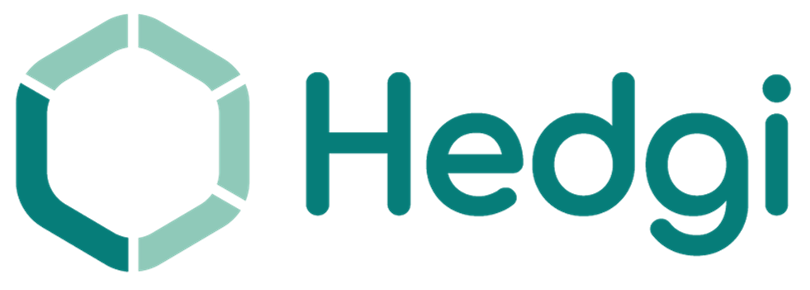What categories are you using for bookkeeping?
Overview of Base Accounts in Hedgi Base accounts are the fundamental building blocks of your chart of accounts in Hedgi: While base accounts establish a solid accounting foundation, Hedgi allows easily creating customized sub-accounts tailored to your business’s specific needs and organizational structure. Leverage Hedgi’s preset base accounts to simplify getting started. Build on them […]
What is a Chart of Accounts?
Understanding the Chart of Accounts in Hedgi The chart of accounts is a standard component of accounting that categorizes all financial transactions into accounts for tracking and reporting. Key features of the chart of accounts in Hedgi: Properly structuring your chart of accounts is crucial for accurate accounting and financial visibility. Hedgi leverages industry-recommended account […]
How do I reconcile?
Bank reconciliation ensures financial records match statements, catching errors and irregularities. Reconcile accounts in Hedgi by: If unbalanced: Key benefits: Regular reconciliations give assurance that Hedgi precisely reflects your accounts. Quickly validate transactions to maintain accuracy and detect issues early.
Where is the general ledger?
Overview of the General Ledger in Hedgi The General Ledger provides a complete record of all your financial transactions and is key for overall business financial reporting. In Hedgi, you can easily access your general ledger: Key Features: Having an up-to-date general ledger centralizes your accounting data for better reporting, tracking income/expenses, monitoring cash flow, […]
Reviewing the balance sheet
A balance sheet outlines a business’s financial position by listing assets, liabilities, and equity on a given date. It provides insights into financial health and stability. In Hedgi: Key features: With Hedgi, easily produce official balance sheets on demand for a comprehensive view of your finances. Gain insights into the stability and obligations of your […]
Reviewing the profit and loss statement
A profit and loss (P&L) statement outlines a business’s revenues, expenses, and resulting profit or loss over a period. It provides key insights into financial performance. In Hedgi, go to “Reports” and select “Profit & Loss Statement” to view your P&L. A P&L statement helps: With Hedgi, easily generate P&L reports to monitor performance. Gain […]
What is the Hedgi risk slider?
The main purpose of Hedgi is to enable users to “Hedge” their risk when it comes to write-offs. There is often some gray area when deciding what would be considered ‘ordinary and necessary’ expenses for operating a business. For example, a client dinner for a professional may be considered ordinary and necessary, but a Disneyland […]
How do I create an automation?
Hedgi enables creating personalized automations to streamline categorizing expenses based on your business needs. Follow these steps: Now matching transactions will be automatically categorized using your custom criteria. Benefits include: Hedgi puts you in control of automation for smarter categorization. Create rules specific to your transactions for optimized business expense tracking.
How do I categorize transactions? How does Hedgi AI?
Hedgi combines personalized rules and advanced AI to swiftly categorize transactions for efficiency and accuracy. Transactions are sorted into three types: This flexible system allows customized categorization aligned to your needs: With the “Actions” tab, efficiently validate or assign categories tailored to your preferences. Hedgi expedites categorization with automation while empowering manual oversight for precision. […]
Am I able to manually update data?
Manually Entering Transactions in Hedgi If you prefer not to connect your bank accounts to Hedgi, you can manually enter your transactions instead. Here’s how: 3. Download a CSV export from your bank and upload it to Hedgi. 4. Organize the CSV columns to match Hedgi’s required fields. Put the header row first to match […]

